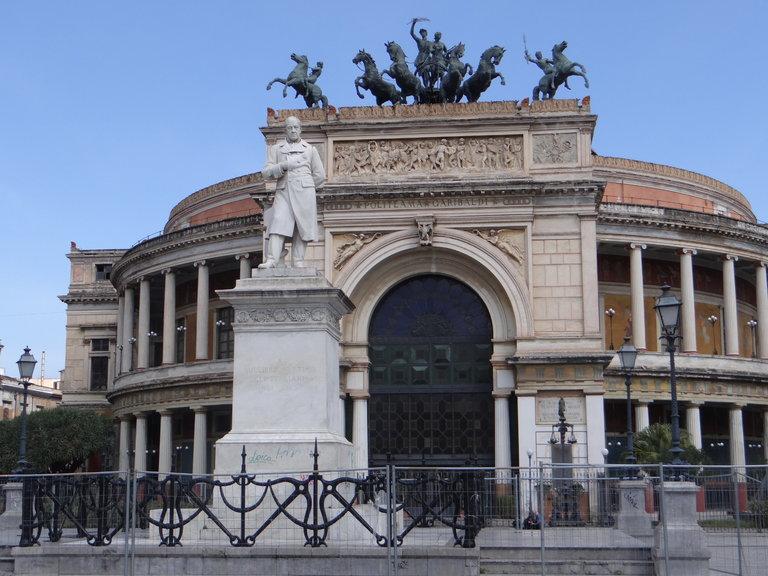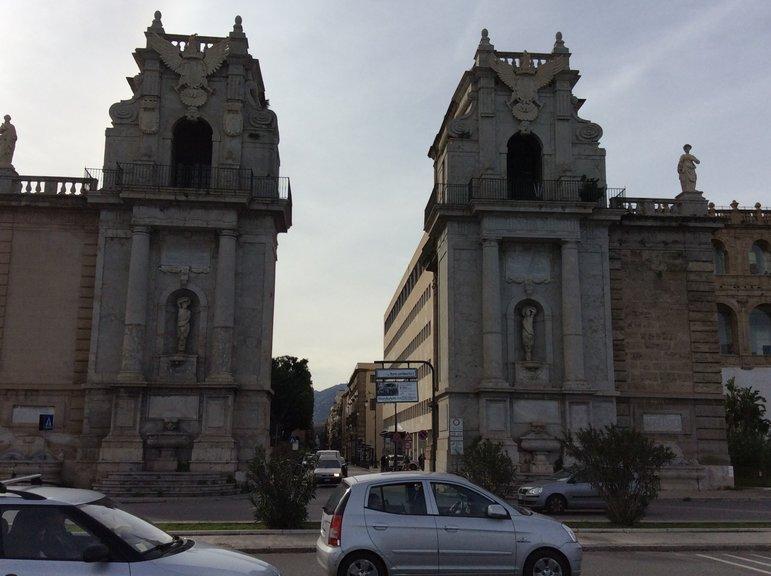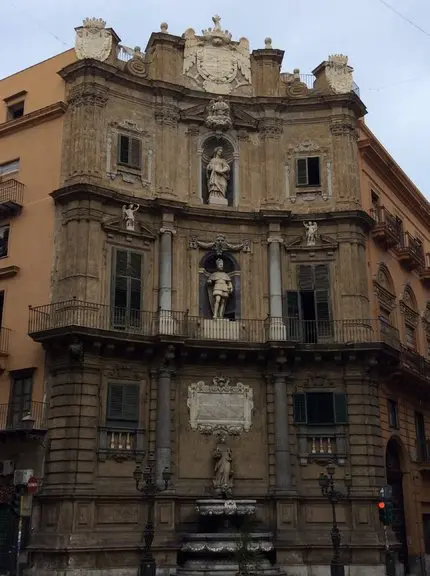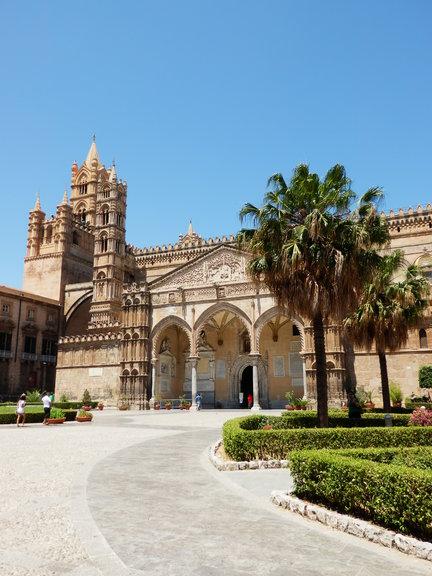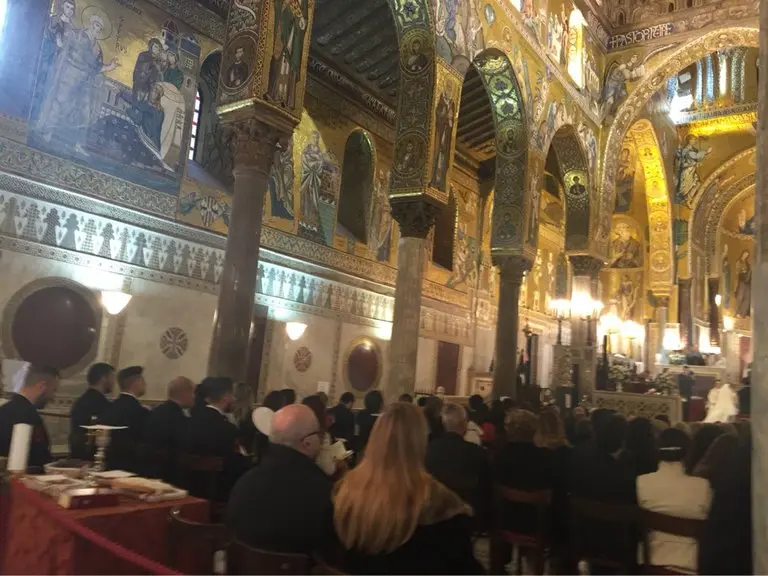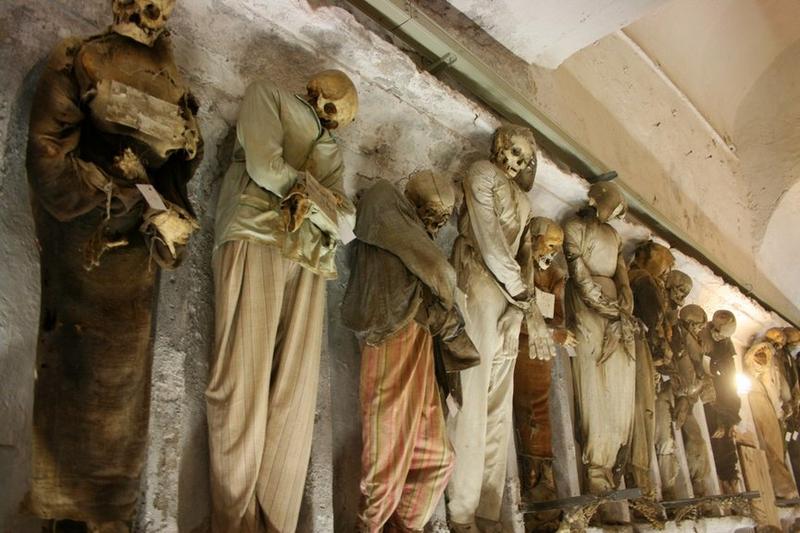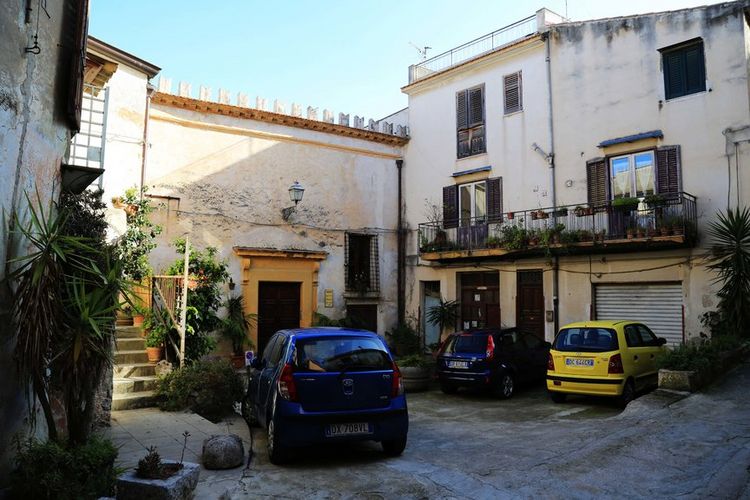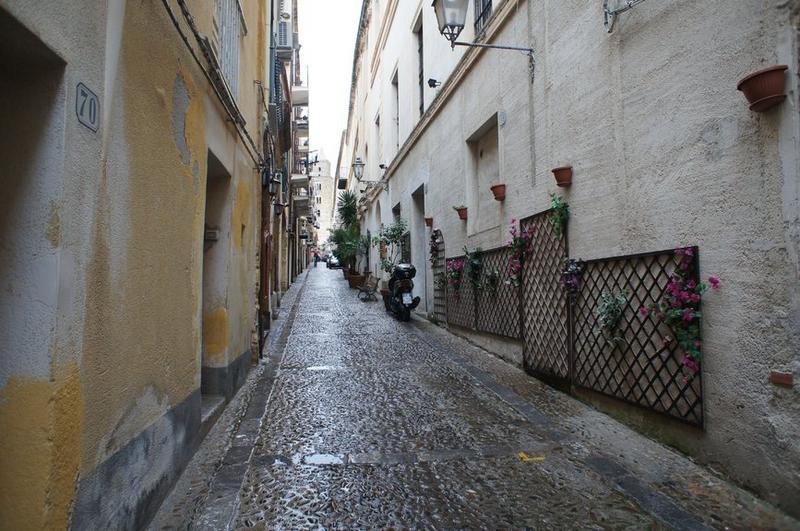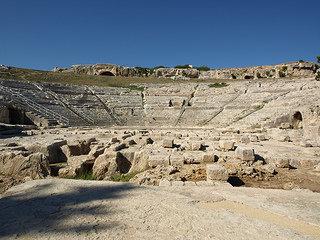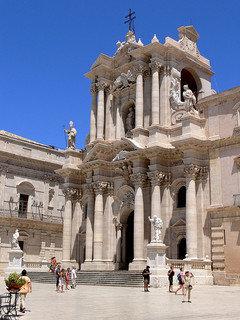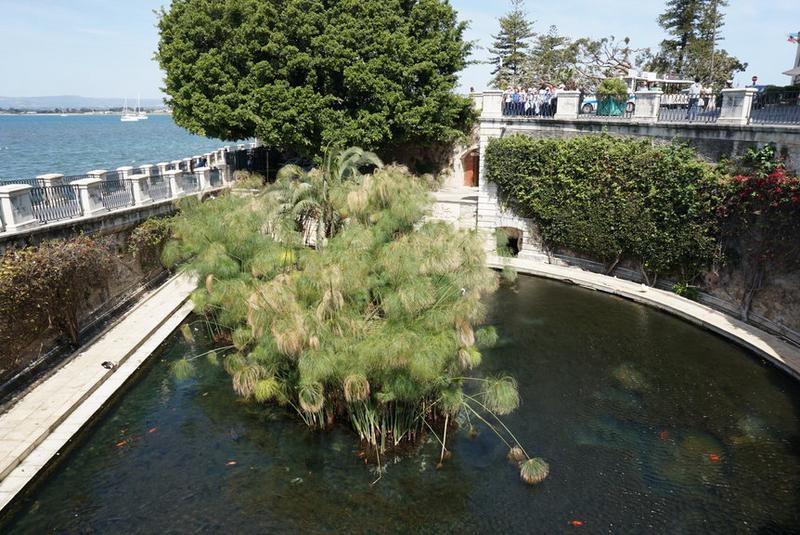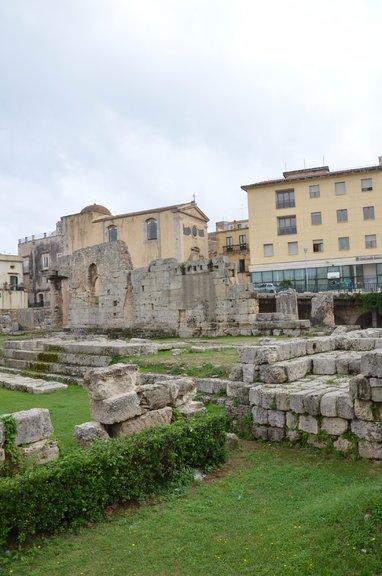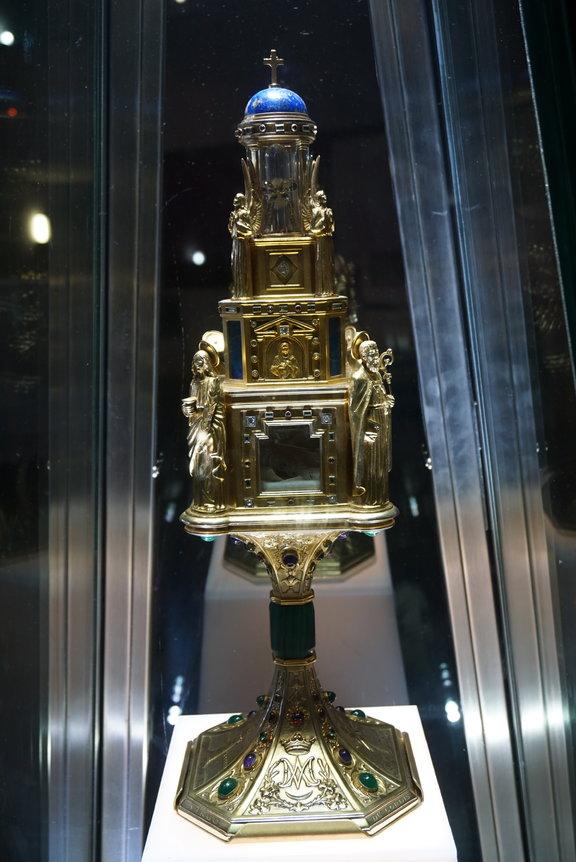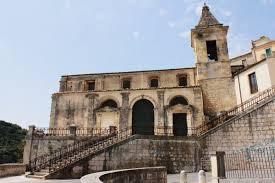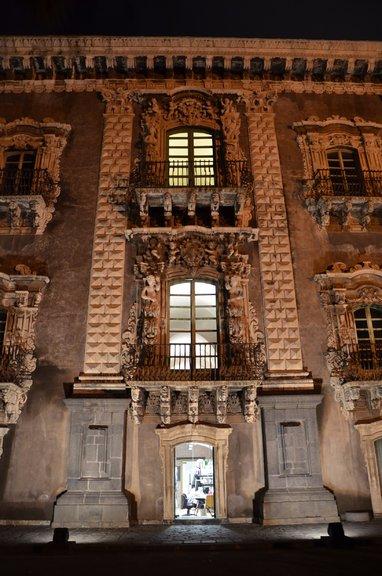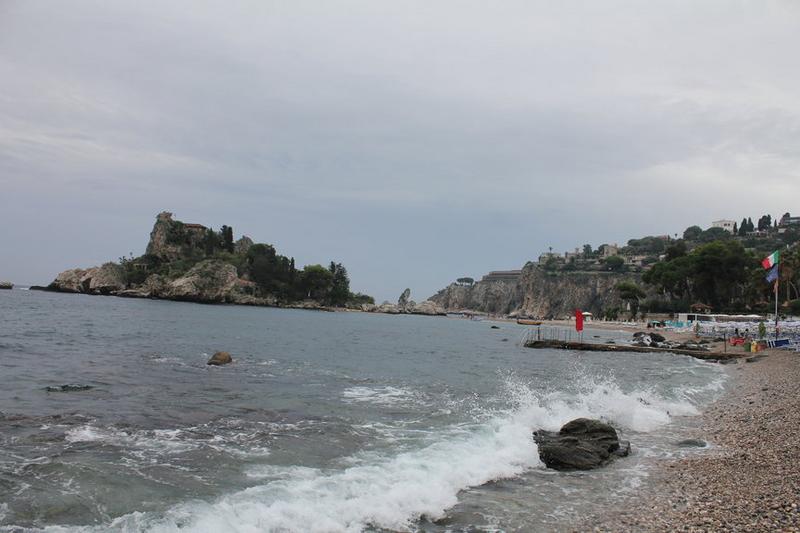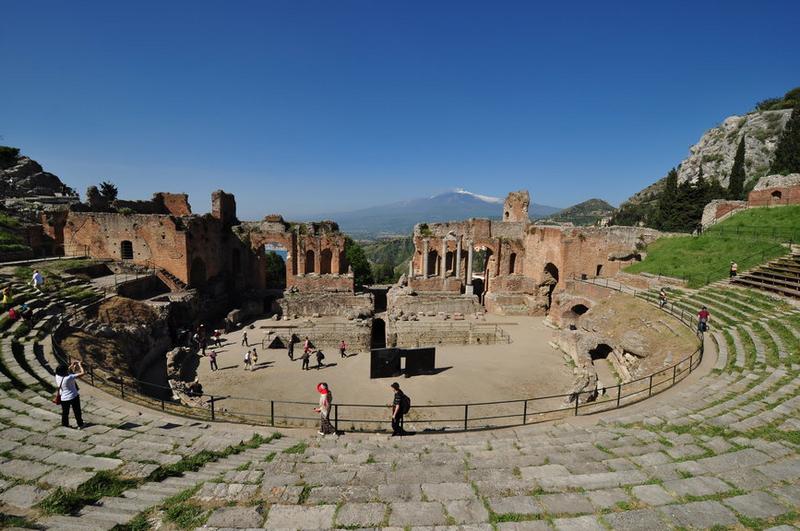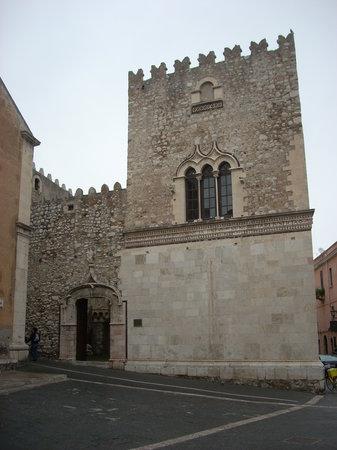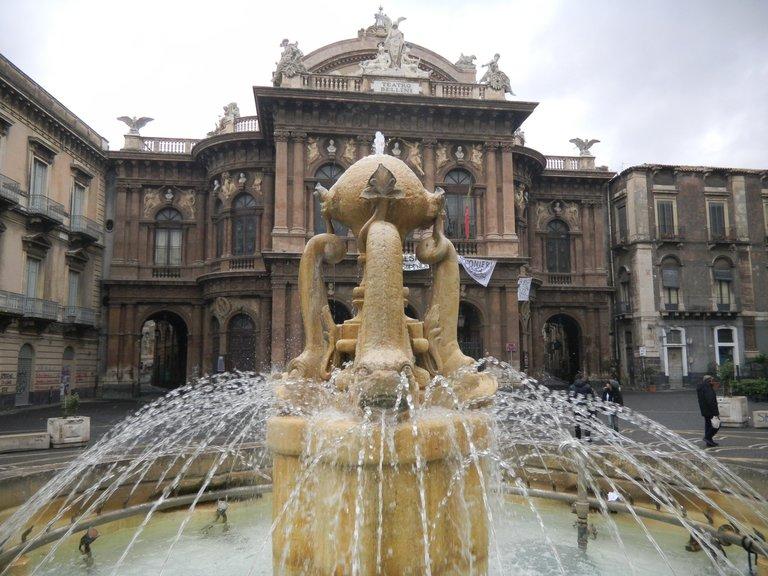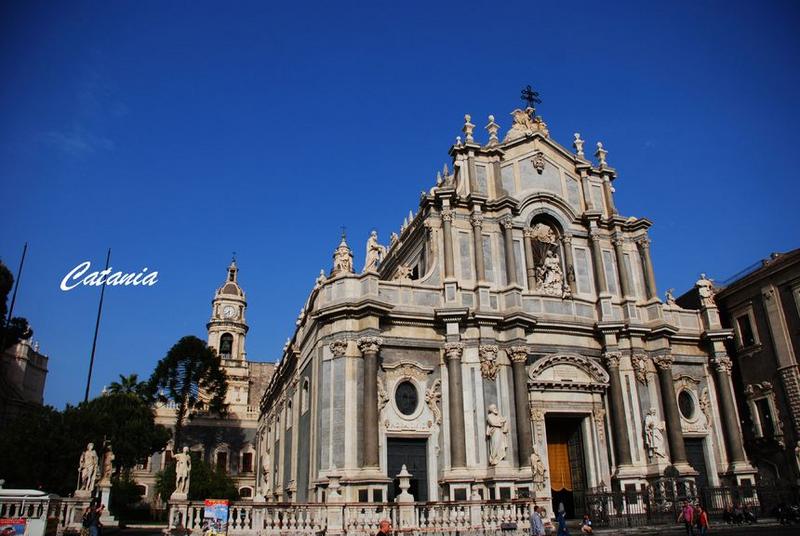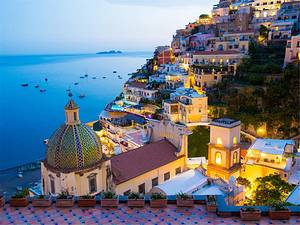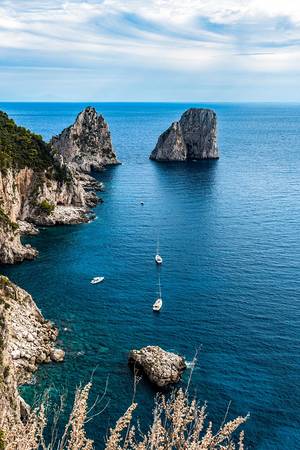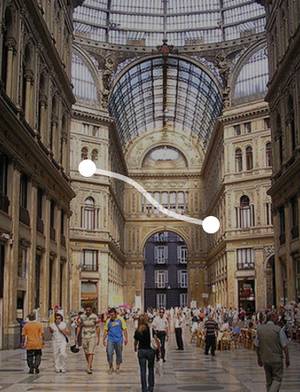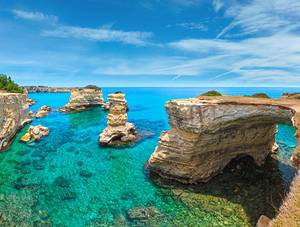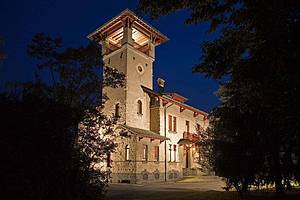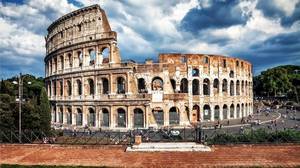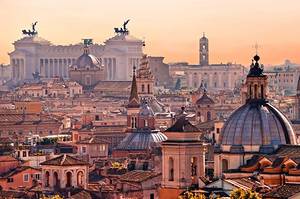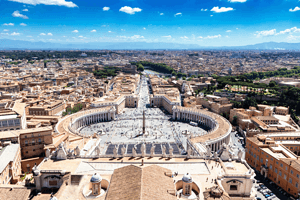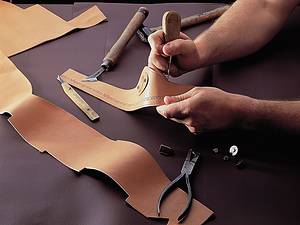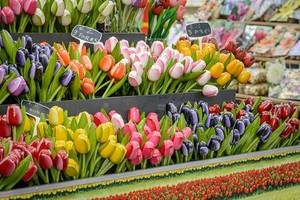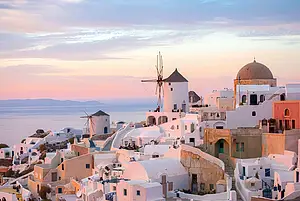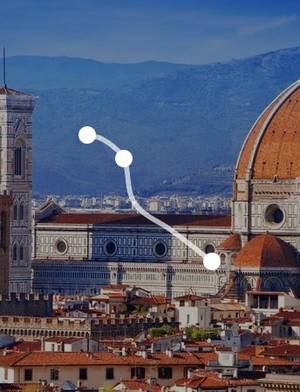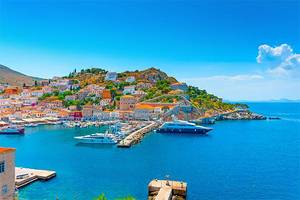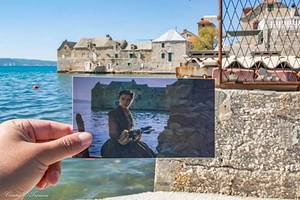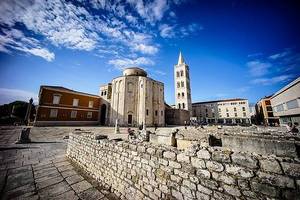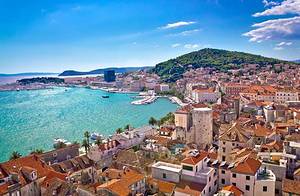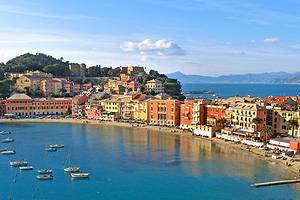6-day panoramic tour of Sicily
7 cities |
25 attraction(s) |
total distance 380
km
 TIPS
TIPS
Day1
Day2
Day3
Day4
Day5
Day6
Day1: Palermo
7 attraction(s) ·
18 km
1
Politeama-Garibaldi Theater is Palermo's second theater, built by architect Ruggero Settimo in the 19th century. Its appearance is similar to that of the Teatro Massimo, with a circular shape and a front that resembles a triumphal arch topped with a huge bronze chariot.
3
km
2
Porta Felice is one of the ports in Palermo. It consists of two symmetrical buildings with a road passing through the middle, resembling a gate when viewed from afar. Porta Felice faces the sea entrance, with Palermo's main axis road behind it.
1
km
3
Intersection of Emanuele Street and Maqueda Street, the center of Palermo's old town, dividing the landmarks and attractions into four quadrants. A fountain sculpture at one corner represents the four seasons and the four kings of Sicily, as well as the four protectors of Palermo. Each corner of the intersection features a semicircular Baroque façade with three levels: a fountain sculpture representing the four seasons, the four Spanish kings of Sicily, and the four protectors of Palermo.
4
km
4
The cathedral, which was first built in 1184, was completed in the late 18th century and incorporates multiple architectural styles. Initially a Byzantine Eastern Orthodox Church, it was later converted into a mosque by Muslims. In 1184, the bishop began construction of a Norman-style church on the foundation of the former mosque. In the 13th century, Gothic influences were incorporated, including the construction of spires and bell towers. In the 15th century, Spanish architectural elements were also integrated, and the entrance was moved from the west to the current south side, creating a porch with three pointed arches, which is known as Catalan Gothic. The first column on the left is still from the early Byzantine Church and was later used in the mosque, with an inscription from the Quran. In the 18th century, a Baroque-style dome was added. The Gothic double-tiered spire windows and arches, the Catalan-style porch and columns, and the Muslim-style geometric patterns in the rear hall all blend together perfectly. The interior of the cathedral is a Norman-style semi-circular nave, which is large and spacious and serves as the burial site for the Norman royal family. The underground treasure houses various jewelry, all belonging to Queen Costanza di Aragon of Aragon.
3
km
5
The Norman Palace was built in the 11th century, a simple palace constructed by the Normans on the ruins of the ancient Carthaginians and ancient Romans. Over the years, it has served as a residence for the rulers of Sicily. The Cappella Palatina on the second floor of the palace was built in 1130 (during the reign of Roger II) and features Byzantine-style mosaic art that is dazzling with its intricate detail. The entire church is adorned with colorful glass inlaid with gold leaf, depicting various biblical stories. The wooden niches on the ceiling are masterpieces of honeycomb carving. The third floor of the palace currently houses the offices of the Palermo Parliament.
2
km
7
Monreale, in Sicilian, means "Royal Mountain" or "King's Hill". It is a small town in the province of Palermo, located on a hillside 10 kilometers south of the city. It is home to the largest surviving Norman architecture in the world and is considered the pinnacle of Norman art. The Arab-style cloister in the adjacent Norman Abbey is breathtakingly beautiful. The highlands near the church overlook the city and offer a stunning view.
Day2: Cefalu
3 attraction(s) ·
0 km
1
The bathing facilities provided for local women in the Middle Ages were used until the mid-20th century. The bathhouse was built in a low-lying area, and the water flowing out of the wall outlet flowed into a cave and returned to the sea. The bathhouse was designed with distinctive features.
2
Mottled old streets, winding alleys, colorful flowers and plants, passionate people, strolling in them to experience the peaceful beauty of the medieval town.
3
The Cathedral of Monreale, also known as the Twin Towers Cathedral, is one of the 12th-century masterpieces of Norman-Arabian architecture in Sicily. The towers are magnificent, creating a marvelous landscape against the backdrop of the azure sea and the golden sandy beach of the town.
Day3: Milazzo > Siracusa
4 attraction(s) ·
200 km
1
The Castello di Milazzo
The Mirazozo Castle is located on a small hilltop, overlooking the panoramic view of the town. The identity of the architect has always been uncertain, but it may have been built by Arabs. Currently, the open areas of the castle include only the historic cathedral area, the Benedictine monastery, and the archaeological area.
197
km
2
Greek Theater
The ancient Greek theater of Syracuse was built in the 5th century BC. It is located in the archaeological park. It was damaged by the Spaniards in the 16th century and is a must-visit place for architecture students.
3
km
3
The Cathedral of Syracuse (Duomo di Siracusa) was originally a temple, but after the Christianization of the entire island by St. Paul, it became a church. This Baroque-style church was built on 5th century Doric columns, which are still clearly visible.
1
km
4
The Altuğsa Fountain is a freshwater spring. According to records, the nymph Aretusa, who served Artemis (the moon goddess and the goddess of hunting), was chased by a river god. She asked Artemis to turn her into a spring to escape the annoying river god. Nowadays, the fountain is a peaceful and beautiful place where wild ducks, carp, and papyrus find refuge.
Next to the fountain, there is an aquarium which can be reached by purchasing a ticket.
Day4: Siracusa > Ragusa
5 attraction(s) ·
94 km
1
Located in Piazza Pancali, the Temple of Apollo is one of the most important buildings on the island of Ortygia. It faces the part of the island that connects to Syracuse. Built in the 6th century BC, it was the earliest Doric temple in the world and represents the transition from wooden to stone structures in Greek temple architecture. The temple is a narrow rectangular shape, with continuous columns surrounding the outer porch and divided into three inner chambers by two sets of columns.
3
km
2
A statue of the Virgin Mary, called S. Lucia, shed tears intermittently from August 29th to September 1st, 1953. The tears were found to be human.
To commemorate the miraculous event, the Our Lady of Tears Church was built in 1966 to house the weeping statue.
89
km
3
Museo Archeologico Regionale Ibleo
The museum divides the exhibits into multiple parts according to the time range, displaying materials and artifacts related to Ragusa. These include pottery from the ancient Greek and Roman periods, as well as mosaic floors from early Christian churches.
2
km
4
St. John's Cathedral (La Goussière) is located in the western part of the old town of La Goussière and has a bell tower.
2
km
5
After the reconstruction in 1693 after an earthquake, the church preserved its original Gothic doors and bell tower. Inside the church, there are significant Renaissance Gothic arches and a 16th-century image of the Virgin Mary. The stairs in front of the church lead to the old town of Ragusa Ibla.
Day5: Catania > Taormina
4 attraction(s) ·
59 km
1
World cultural heritage, also the largest monastery in Europe, and the location of the Department of Humanities at the University of Catania. The monastery, which combines various architectural styles, becomes a shining star on the land of Catania.
53
km
2
Isola Bella is a small island nestled in a breathtaking canyon near the beautiful beaches of Taormina. You can rent a small boat here to enjoy the stunning views.
6
km
3
The Teatro Greco (Greek Theater) in Sicily is a U-shaped open-air amphitheater built in the 3rd century BC. It is the second-largest theater in Sicily after the one in Syracuse and is known for its unique location suspended between the sea and the sky. During the summer, it serves as the venue for the Taormina Arts Festival.
1
km
4
The Corvaja family is a prestigious family in Taormina, who lived here from 1538 to 1945. The palace incorporates various styles such as Arabic, Gothic, and Norman. It is now used as a tourism bureau.
Day6: Catania
2 attraction(s) ·
11 km
1
Translated into English:
Formerly the residence of musician Vincenzo Bellini, it mainly consists of three exhibition halls showcasing written materials and scores, personal items and statues, as well as a timeline of the master's life. Bellini is one of the most important opera composers of the bel canto era, alongside Rossini and Donizetti. His notable works include operas such as "Norma," "I Puritani," and "La Sonnambula," which greatly influenced Verdi and Chopin.
11
km
2
World Heritage Site, the culmination of Catania's Baroque architecture. The Cathedral of Saint Agatha is the main cathedral of Catania, built in the 11th century. The main part of the current cathedral was reconstructed in the 18th century, made of black volcanic rock from Mount Etna and white limestone from Syracusan quarries. The façade is adorned with a half-length sculpture of Saint Agatha, making it the third largest cathedral in Italy. Saint Agatha is the patron saint of Catania, and the Feast of Saint Agatha on February 5th is the city's largest and the world's third-largest Christian festival. At the center of the square is the famous Elephant Fountain, the most iconic monument and symbol of Catania. The obelisk is believed to have the ability to control Mount Etna.
